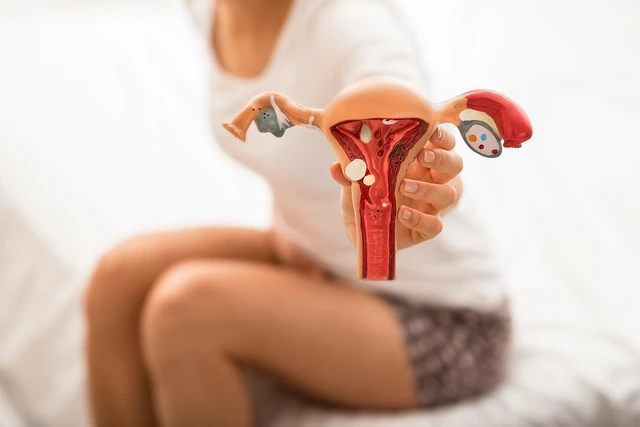Dry Mouth Oral Care Routine: Step‑by‑Step Guide for a Comfortable Smile
Learn how to build a dry‑mouth‑friendly oral care routine that protects teeth, reduces discomfort, and keeps your smile healthy.
Dry mouth, also called xerostomia, can make talking, eating, and smiling uncomfortable. It often feels like your tongue is stuck to the roof of your mouth and you keep needing water. The good news is that a few everyday habits and cheap products can bring back moisture fast.
Many things can lower saliva production. Medications for allergies, anxiety, or high blood pressure are common culprits. Breathing through your mouth, especially while you sleep, dries the tissue overnight. Health conditions such as diabetes or Sjögren’s syndrome also hit the salivary glands.
When saliva drops, the protective coating on your teeth disappears. That’s why you may notice more cavities, sore spots, or a bad taste. Recognizing the cause helps you pick the right fix.
First, stay hydrated. Sip water throughout the day instead of waiting until you’re thirsty. A steady flow keeps your mouth moist without flooding it.
Chewing sugar‑free gum or sucking on a sugar‑free lozenge triggers the brain to make more saliva. Look for products with xylitol because it also fights cavities.
If you use a mouthwash, choose one without alcohol. Alcohol strips moisture and can make the problem worse. There are alcohol‑free rinses that contain glycerin or aloe to coat the mouth.
Over‑the‑counter saliva substitutes are another easy option. They come as sprays, gels, or lozenges and create a thin film that feels like natural saliva. Apply them before meals or at bedtime for the best effect.
Limit drinks that dry you out. Coffee, black tea, and sodas pull water from your mouth. If you love these drinks, add a splash of milk or use a straw to reduce contact with your teeth.
Don’t forget your diet. Crunchy fruits and veggies such as apples and carrots stimulate chewing and increase saliva flow. Avoid salty snacks that can leave a dry coating.
For night‑time relief, use a humidifier in your bedroom. Adding moisture to the air helps keep your mouth from drying while you breathe through your mouth.
If you wear dentures, clean them daily and make sure they fit well. Poorly fitting dentures can irritate the gums and worsen dryness.
Finally, talk to your doctor or dentist if dry mouth sticks around. They can check if a medication is the cause and may suggest a prescription saliva booster.
Putting a few of these habits into your daily routine can turn a dry, uncomfortable mouth into a comfortable one. Try one tip at a time, see what works best, and enjoy the relief.
Learn how to build a dry‑mouth‑friendly oral care routine that protects teeth, reduces discomfort, and keeps your smile healthy.

Explore what a Mentat really is - from its birthplace in Frank Herbert's Dune to modern equivalents. Learn the training, powers, and how you can adopt Mentat thinking today.

Learn how to safely buy cheap generic tetracycline online, check pharmacy legitimacy, understand dosage, side effects, and avoid scams.

Learn how Disoproxil can affect mood and get practical tips to control stress and anxiety while staying on the antiviral.

Endometriosis is a painful condition that affects many women, and I recently discovered that it can also lead to infertility. It occurs when tissue similar to the lining of the uterus grows outside the uterus, causing inflammation and scar tissue. This can make it difficult for an egg to be released or for sperm to reach the egg, resulting in fertility issues. It's important for women experiencing symptoms like painful periods, heavy bleeding, and chronic pelvic pain to consult with their healthcare provider. Early diagnosis and treatment can help manage the condition and increase the chances of a successful pregnancy.

When traveling abroad, our skin encounters different climates and environments that can lead to skin infections if we're not careful. From choosing the right clothing to packing essentials like hand sanitizers, learning how to protect your skin is crucial. Discover practical tips to maintain healthy skin while enjoying international adventures. Staying informed about preventative steps can save you from discomfort and medical issues. It's all about being prepared and knowing how to react to unexpected skin troubles.
